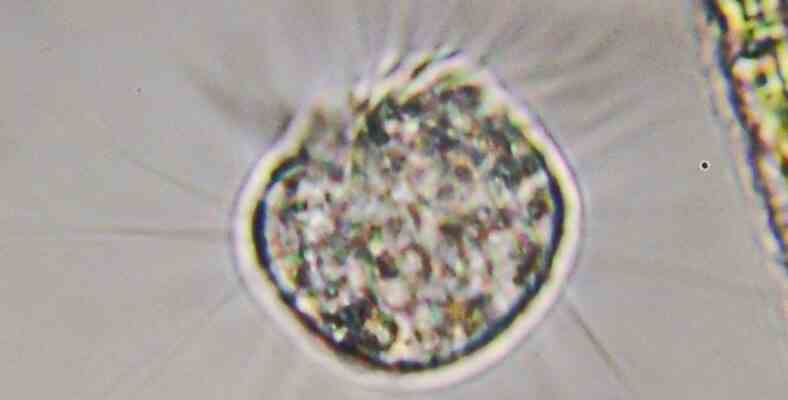Scientists have discovered a new type of “virovor” organism that survives by feeding on viruses.
Every living organism in the world needs another organism to survive. consumes. Those who eat grass are herbivores, those who eat meat are carnivores, those who eat both omnivore we say. Scientists have discovered an organism that has a different nutritional habit from these diets.
This new organism that scientists discovered, viruses is fed with. In fact, since viruses are ubiquitous, many organisms inevitably feed on viruses, but this organism simply selects and feeds on viruses.
This virus-eating ‘virovor’ organism is called ‘Halteria’
Halteria Cilia
In fact, common planktonic acid found in many freshwater environments. cilia One genus, Halteria, has been in the literature for a very long time, but it has only recently been discovered that this organism feeds only on viruses. A researcher at the University of Nebraska who completed the testing phase. John DeLong conducted.
To test the hypothesis, DeLong and his team collected samples from pond water, isolated different microbes, and then, a freshwater organism that infects green algae, from chlorovirus added a lot. Over the next few days, the team tracked the population size of viruses and other microbes, tracking the first of the second. did you eat or not he saw.
RELATED NEWS
Influenza Virus Creates ‘Hybrid Virus’ With Another Virus: Causes A More Severe Illness
As a result of the experiment, the ciliary, known as Halteria, consumed the viruses. In water samples with no other food source for the ciliates, Halteria populations increased approximately 15-fold within two days, while chlorovirus levels up to 100 times fell. No Halteria grew in virus-free control samples.
From here, the specificity of Halteria cilia feeds on viruses understood. What this might mean is still a topic of research for scientists, but the first thing that comes to mind is, “Can Halteria cilia be used for the treatment of viral diseases?” brings the question.
